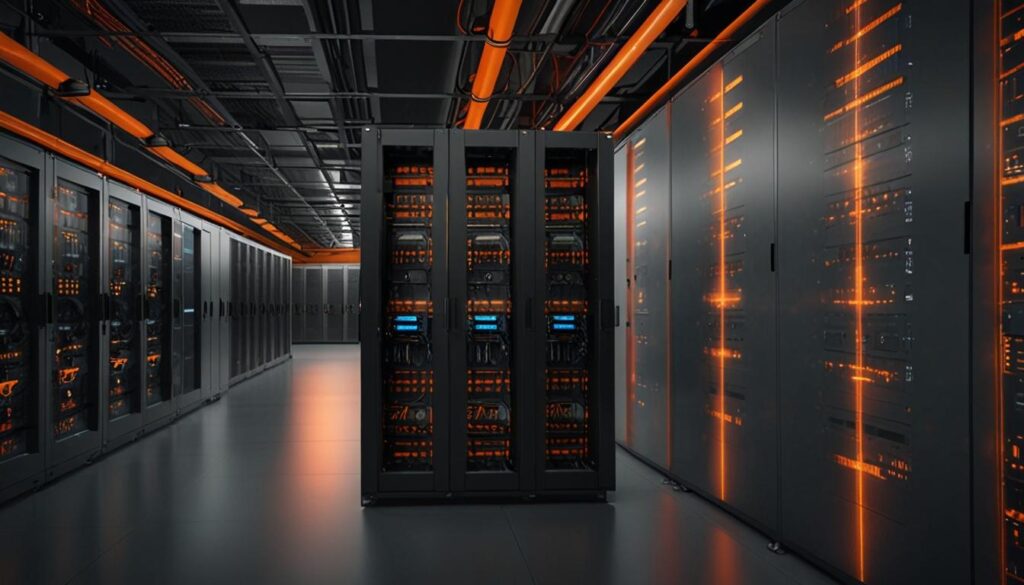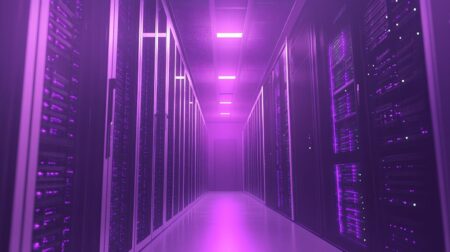Advancements in AI, machine learning, and edge computing are requiring data centers to improve network bandwidth and speed. With demands for speeds over 100 Gb/s, new developments in server connectivity and cable assemblies are crucial for supporting cutting-edge applications.
Emerging Technologies Drive Need for Faster Data Center Speeds
Key advancements in artificial intelligence, machine learning, and edge computing are pushing the limits of network bandwidth and speed requirements in data centers. Current server speeds of 10 and 25 Gb/s are adequate for mobile applications and high-resolution video, but cutting-edge AI applications demand speeds of 100 Gb/s and beyond. New developments allow for server connectivity speeds ranging from 200 Gb/s to 400 Gb/s, with 800 Gb/s on the horizon.
High-speed, short-reach cable assemblies have emerged as a cost-effective solution for supporting these speeds in data center environments. Deployment models such as End-of-Row (EoR) and Top-of-Rack (ToR) designs offer different advantages. EoR uses fewer switches but is more complex and space-consuming, while ToR enables rapid deployment and simplified management but requires more switches.
Server connections can utilize direct attach copper cables (DAC), active optical cables (AOC), or transceivers, each offering different benefits in terms of power efficiency, cost, and reach. Advances in cooling technologies and new GPUs, like Nvidia’s Blackwell series, further support the increased density and performance needs of modern data centers.
Choosing the appropriate cabling solutions remains critical for network managers, with factors such as cost, power consumption, and scalability guiding decisions to support next-generation server systems.










